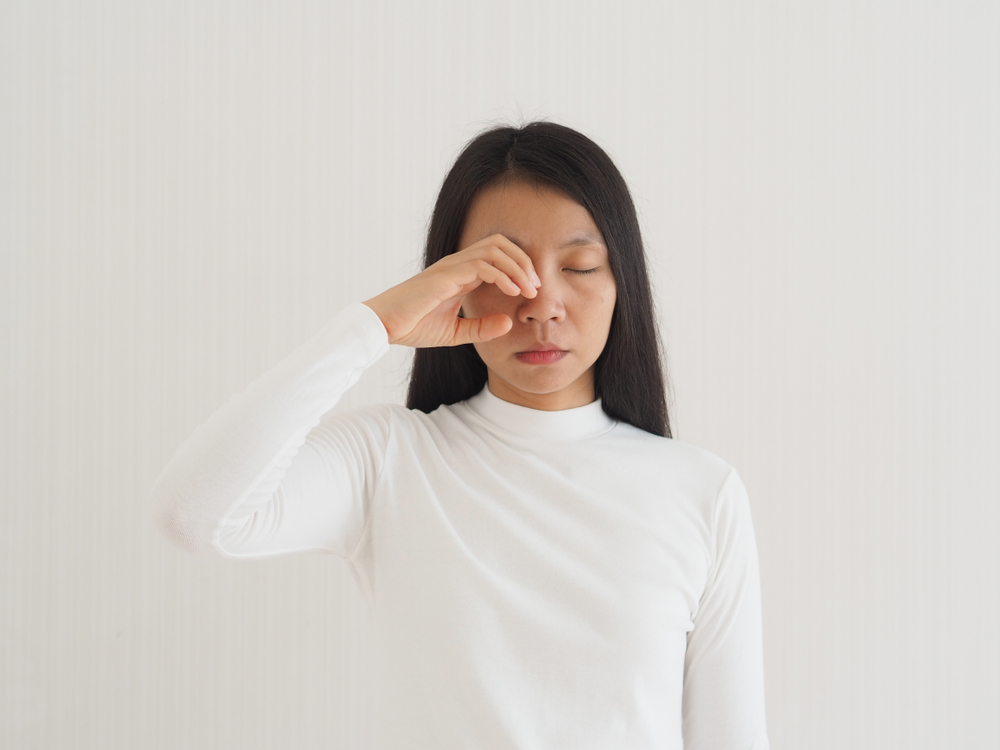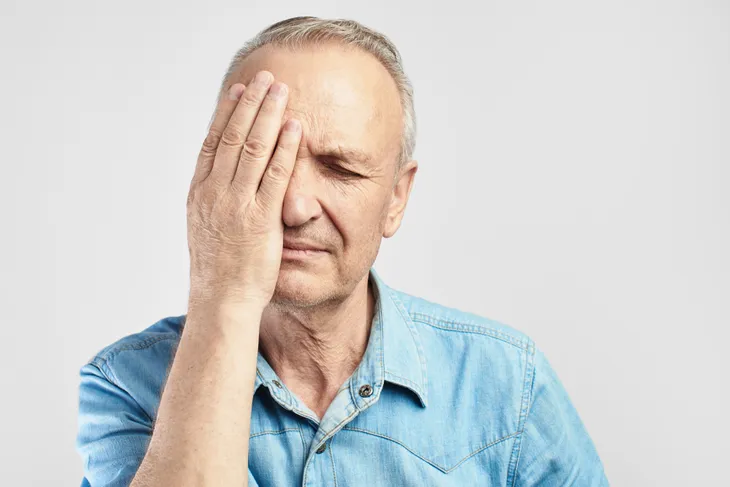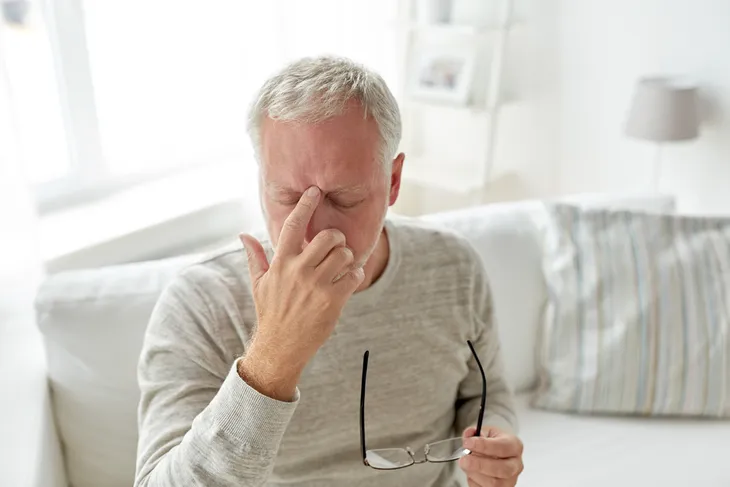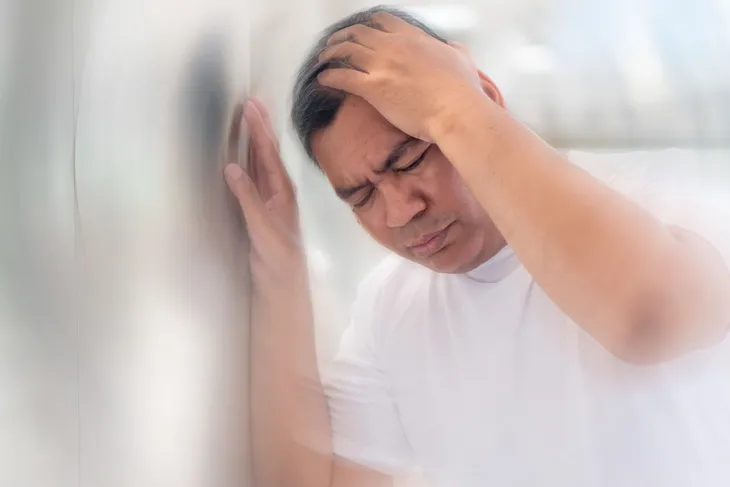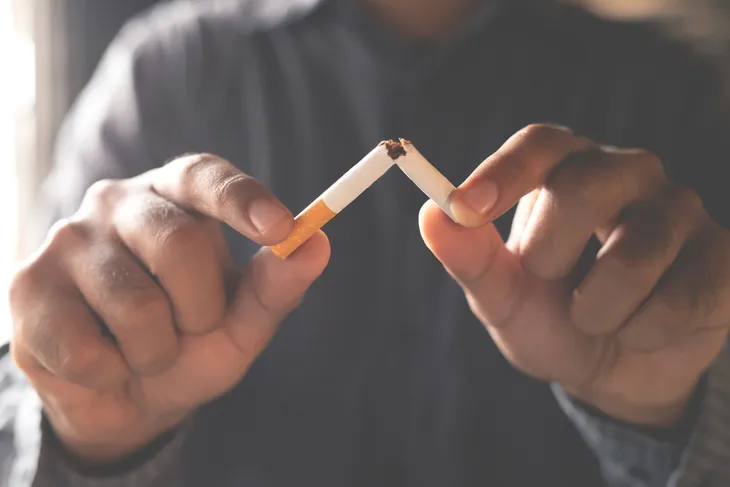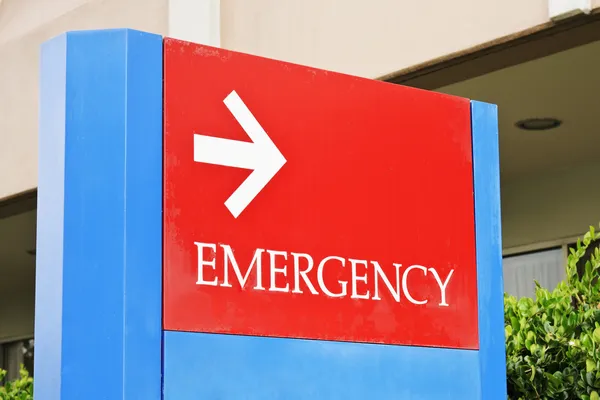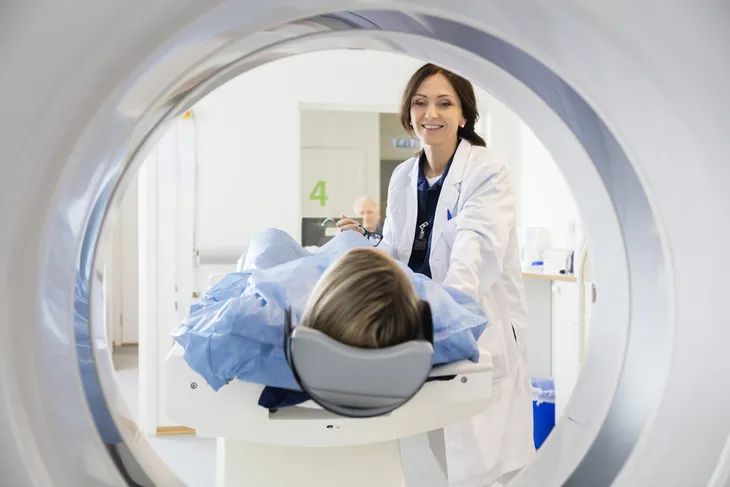- Although rare, affecting about 1 in 1,000 adults, cluster headaches are extremely painful.
- Cluster headaches have unique characteristics that set them apart from other types of headaches.
- They come on quickly and forcefully, develop on one side of the head, occur frequently, and are usually short, lasting only about 30 to 90-minutes.
- Unfortunately, there is no cure but by working with your doctor, you can find the right treatment plan to help ease your symptoms and decrease the frequency of attacks.
Nothing can disrupt your day quite like a painful headache. But cluster headache sufferers know too well how debilitating they can really be. In fact, they’re known as one of the most painful types of headaches.
Even though they’re not common, affecting about 1 in 1,000 adults, they’re still extremely painful which is why it’s important to get informed. Let’s take a closer look at what cluster headaches are, how they differ from other types of headaches, and what to do to treat them if you ever experience one.
What Are Cluster Headaches?
Cluster headaches are very painful headaches that occur in a recurring pattern. Frequent attacks, known as cluster periods, can last from weeks to months. The individual usually experiences a remission period when the headaches stop. During this time the individual may not experience cluster headaches for months and in some cases, years.
Healthline points out there are two types of cluster headaches known as episodic and chronic. “Episodic cluster headaches occur regularly between one week and one year, followed by a headache-free period of one month or more,” says the source. While chronic cluster headaches occur regularly for longer than one year with a remission period that lasts for less than one month.
Cluster Headaches vs. Migraines: What’s the Difference?
Migraines cause intense pain too, however, there are distinct differences between them and cluster headaches, mainly, how they hurt and where you feel them. Unlike cluster headaches, migraines begin slowly and can last anywhere from several hours to days.
Migraines also usually have warning signs such as changes to your mood, or cravings for certain foods. You may also see auras before the migraine occurs. Furthermore, migraines cause throbbing pain on both sides, one side only, or along the forehead whereas a cluster headache typically only affects one side of the head. It’s also common to experience a postdrome period or “hangover” after a migraine which can cause you to feel confused and tired.
Characteristics Unique to Cluster Headaches
Cluster Headaches have a few unique characteristics that set them apart from other types of headaches. For starters, they typically come on quickly and forcefully. They usually reach their full force within 5 to 10-minutes.
Second, another telltale sign of a cluster headache is you’ll typically feel it on one side of your head and it will stay on that same side during that period. However, when a new period starts, it may switch to the opposite side, although this is rare.
Another unique characteristic is they happen frequently. Individuals usually experience headaches for weeks to months at a time. They’re also usually short, lasting only about 30 to 90-minutes. In some cases, they can be as long as several hours or as short as 15-minutes but they will disappear, meaning they don’t linger.
Common Symptoms of Cluster Headaches
Now that we know what sets cluster headaches apart from regular headaches and migraines, you might be wondering what they feel like? First, the pain starts suddenly and usually around or behind one of your eyes. You may also experience eye redness or watering, a runny or congested nose, and a smaller pupil in the affected eye.
Cluster headache sufferers may also experience a red and warm face, sweating, and sensitivity to light. Restlessness or agitation is also common.
Cluster headaches are also often predictable, meaning they happen regularly and usually at the same time each day. They may even wake you up at night. Nigh time attacks are known to be even more severe.
How Long Do Cluster Headaches Last?
Medical News Today says a cluster period usually lasts 6 to 12-weeks. The period “often starts at the same time each month, especially during springtime or fall,” says the source.
A cluster period can be different for each individual. Some may experience daily occurrences and experience symptoms several times per day. Others may only have one attack each day. Some are more likely to experience them at night.
What Causes Cluster Headaches?
Unfortunately, the exact cause of cluster headaches is currently unknown. Medical News Today says one theory suggests cluster headaches can be attributed to increased activity in the hypothalamus. “This area of the brain releases chemicals that cause blood vessels to widen, resulting in a greater blood flow to the brain,” says the source. However, this theory has been rejected.
Another theory suggests they could be related to inflammatory factors and neurotransmitters. Some even believe there may be a genetic link.
Risk Factors
Certain factors may increase your risk for cluster headaches, such as gender. Men are more likely to experience cluster headaches than women, affecting six men for each woman.
Your age can also be a risk factor. Cluster headaches are more common in individuals ages 20 to 50-years old. That said, the conditions can develop at any age, notes the Mayo Clinic. They are also more common in individuals who smoke. Finally, a family history (such as a parent or sibling who has cluster headaches) may also increase your risk.
When to See a Doctor
Although painful, headaches aren’t usually serious. That said, in some cases, “headaches can occasionally indicate a serious underlying medical condition, such as a brain tumor or rupture of a weakened blood vessel,” says the Mayo Clinic.
With this in mind if you’d just started having cluster headaches make sure you talk to your doctor to ensure they’re not the result of something serious. Your doctor can also help you find the most effective treatment.
When to Seek Emergency Care
Certain signs could be a sign that you need to seek emergency care right away, such as an abrupt severe headache or a headache that is accompanied by a fever, nausea, or vomiting. If you’re experiencing a stiff neck, mental confusion, numbness, difficulty speaking, or seizures you should also seek emergency help right away as these signs could indicate a stroke, brain tumor, meningitis, or encephalitis.
Finally, you should also seek emergency help if the headache appears after a head injury, or if the headache worsens over days and changes pattern.
Diagnosis
To diagnose cluster headaches, your doctor will likely start with a physical exam and ask a series of questions. They may inquire about the severity of the headache, location, associated symptoms, and how long they last. This information is important to determine what type of headache you’re experiencing.
Your doctor may also use other approaches to confirm a diagnosis. For example, they may request a neurological exam which “will use a series of procedures to assess your brain function, including testing your senses, reflexes, and nerves,” said the Mayo Clinic.
Your doctor may also request imaging tests to rule out other serious causes such as a brain tumor or an aneurysm. Common brain imaging tests are computed tomography (CT) scan and magnetic resonance imaging (MRI) test.
Treatment: Medication
To help an attack, your doctor will need to rely on fast-acting treatment options. For starters, they may recommend oxygen where you breathe it in through a mask for 15-minutes. There are also some pain-reliever medications that might help. Your doctor may administer these medications by injecting them or in the form of a nasal spray.
To help prevent future attacks, your doctor may prescribe medication that you’ll need to take daily. There are also medications available to help make the attacks shorter and the pain less severe. Ultimately, the type of medication you receive will be determined by your doctor after a full evaluation.
Treatment: Surgery
Although rare, your doctor may recommend surgery. This is often used as the last resort if other treatments fail to provide you with relief, if you can’t tolerate the medications and their side effects, and if you suffer from chronic cluster headaches.
The Mayo Clinic explains, “Sphenopalatine ganglion stimulation involves surgery to implant a neurostimulator that’s operated by a hand-held controller.” This treatment may provide quick pain relief and decrease the frequency of headaches, however, more research is still needed.
Another option is occipital nerve stimulation on one or both sides of the head. “This involves implanting an electrode next to one or both occipital nerves,” says the source. Unfortunately, there are possible complications from surgery such as muscle weakness in your jaw or sensory loss in some areas of the face and head which is why surgery is rarely considered.
 novak.elcic / Shutterstock
novak.elcic / ShutterstockTips to Prevent Cluster Headaches
To prevent future attacks it’s important to take your prescribed daily medicine (if prescribed by your doctor). Along with medicine, you should also identify what triggers your headaches and then avoid those triggers to help prevent future attacks. Healthline says some common triggers include:
- smoking
- alcohol
- strenuous activities
- foods high in nitrates (such as preserved meats, hot dogs, and bacon)
- hot weather
- hots baths
Since there is no cure for cluster headaches it’s important to identify your triggers and follow the advice of your doctor. By working with your healthcare professionals, your headaches may occur less frequently and become less painful over time. They may even completely disappear.
